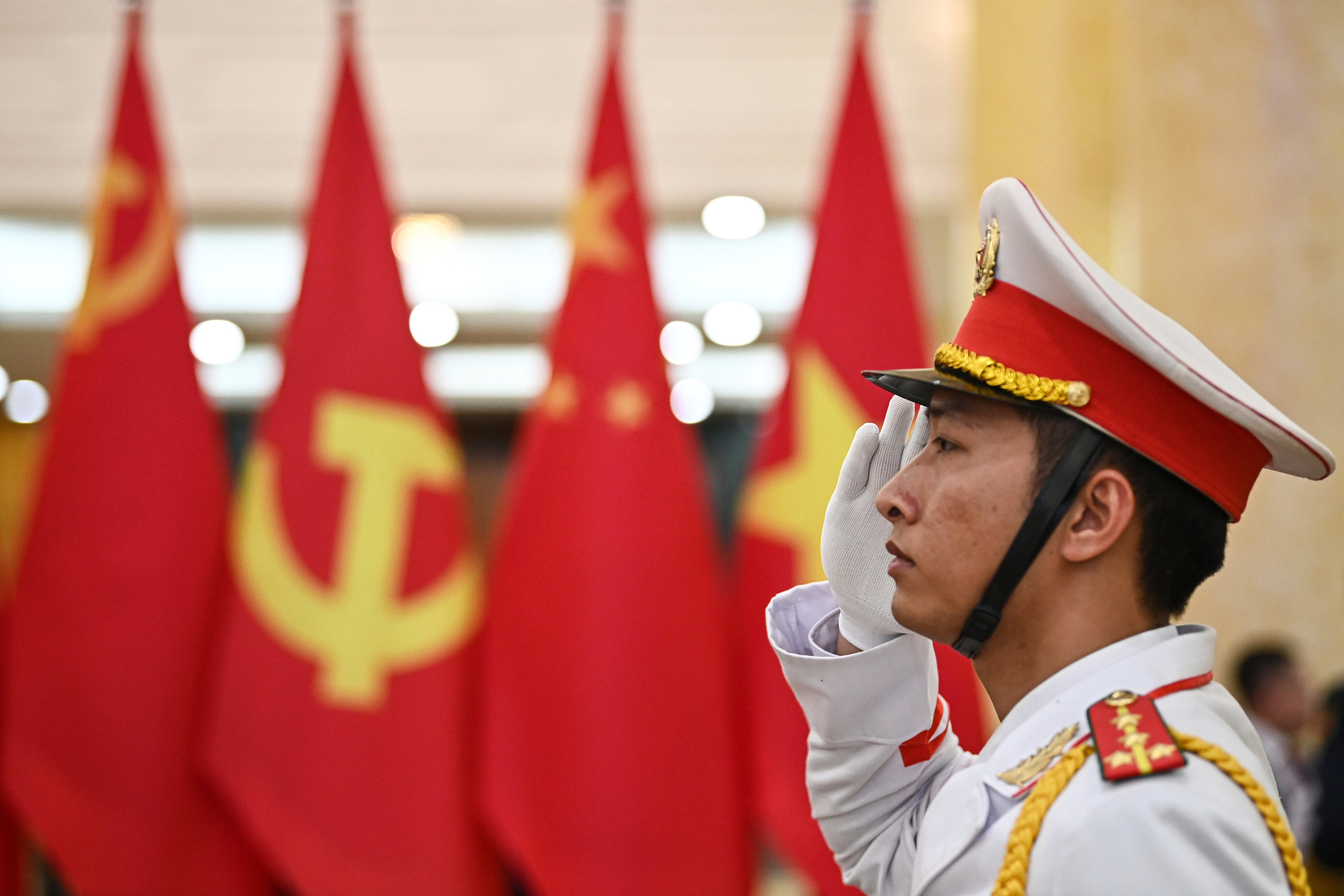China has the world's first artificial intelligence commander. It is locked in an army laboratory working on developing combat tactics that can be used in both real warfare and cyberspace. The scientists behind this AI commander claim it has the ability to make independent decisions after mimicking - and improving upon - the command patterns of veteran human generals. They also state that it is ready to lead troops on the battlefield.
"In several war simulations, the AI commander has been able to identify major threats and design effective plans to thwart the enemy," read a publication in a Beijing military magazine, which presented a pioneering project that had successfully created this virtual military leader of the People's Liberation Army (PLA) a few months ago.
The commander uses different avatars, and the engineers who developed it explain that it has managed to emulate the main qualities of two historical Chinese army strategists: General Peng Dehuai, known for his aggressive combat tactics that wreaked havoc on US forces during the Korean War, and General Lin Bao, more temperate and methodical, famous for victories against Japanese invaders in World War II.
Beijing can now boast a new commander in its army who, above all, is incorruptible. This last point is crucial amid the massive anti-corruption campaign that has taken down many high-ranking military officials, starting with former Defense Minister Li Shangfu, a 66-year-old veteran general who was officially expelled from the Communist Party last year.
"Taking advantage of his position, he enriched himself with huge sums of money to seek inappropriate personal benefits," announced the Chinese press, which also revealed that another former Defense Minister, Wei Fenghe (who held the position between 2018 and 2023), had been expelled from the party for another corruption case.
The Defense portfolio held by both Li and Wei, unlike their Western or other Asian counterparts, carries more diplomatic and ceremonial weight than political decision-making power. In China, it is the powerful Central Military Commission that truly directs military affairs. This body is composed of seven individuals, including the Defense Minister, but always subordinate in the chain of command to two vice-chairmen and President Xi Jinping. The omnipresent leader also heads this commission as the country's top military authority.
Li's downfall, along with nine other generals under his trust who will also face a military tribunal, was linked to irregular military equipment purchases during his tenure leading the Strategic Support Force, an organization responsible for retiring old army commanders and making the right moves for the modernization of the PLA, starting with the acquisition of military equipment such as Russian Su-35 fighter jets and S-400 air defense missile systems.
Last December, from the United States, the Pentagon released a report on China's military advancement, highlighting that the ongoing purge of corrupt officials at the highest levels of the PLA was hindering China's efforts to achieve the desired modernization of the world's largest combat force. In Beijing, sources consulted understand this in reverse: the cleanup is necessary to rid themselves of veteran military leaders who are only seeking personal enrichment and to move towards the goal of forming a "world-class army," the most powerful of all.
State media continues to promote new and sophisticated weapons: the first sixth-generation stealth fighter jet seen flying over Sichuan province, drones that can be launched from submarines, and a high-powered microwave weapon (HPM) capable of generating electromagnetic pulses with an intensity comparable to a nuclear explosion, which can disrupt or even destroy electronic components within enemy systems.
From Washington, many military analysts often point out that one of the weaknesses of the Chinese army is that it lacks combat experience and is still catching up with many high-tech weapons. But they also agree that the US advantage over China in terms of military strength is diminishing.
"The Chinese air force has made significant strides in modernizing its aircraft, including improved fighter jets and bombers, and is rapidly approaching US standard technology in terms of unmanned aerial systems [drones]," the Pentagon report stated.
International research on nuclear weapons, such as that conducted by the Stockholm International Peace Research Institute (SIPRI), indicates that China is significantly increasing its nuclear arsenal: it had over 600 nuclear warheads in September 2024 compared to 200 in 2020. Although still far from the over 3,700 operational warheads possessed by the United States.
"The Chinese nuclear arsenal is not only growing in terms of the number of deployed warheads, but also in certain diversity and sophistication," the Pentagon continued. It is expected that by the end of this decade, the Asian superpower will surpass a thousand nuclear warheads, which can be carried by intercontinental ballistic missiles like the one the Chinese military launched into the Pacific last September, marking the first known test of its kind in 44 years. In the future, such missile tests may be led by artificial intelligence commanders.
